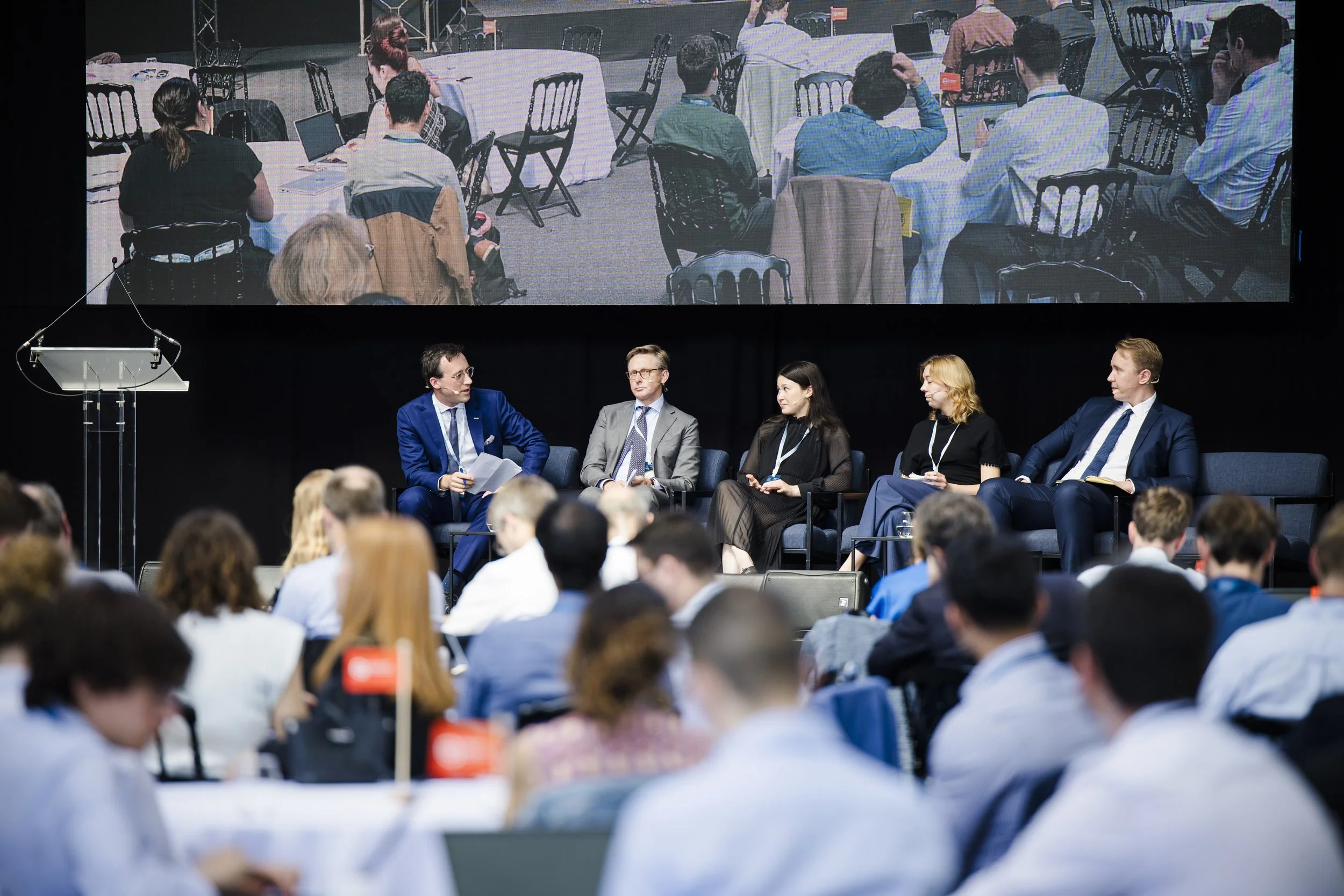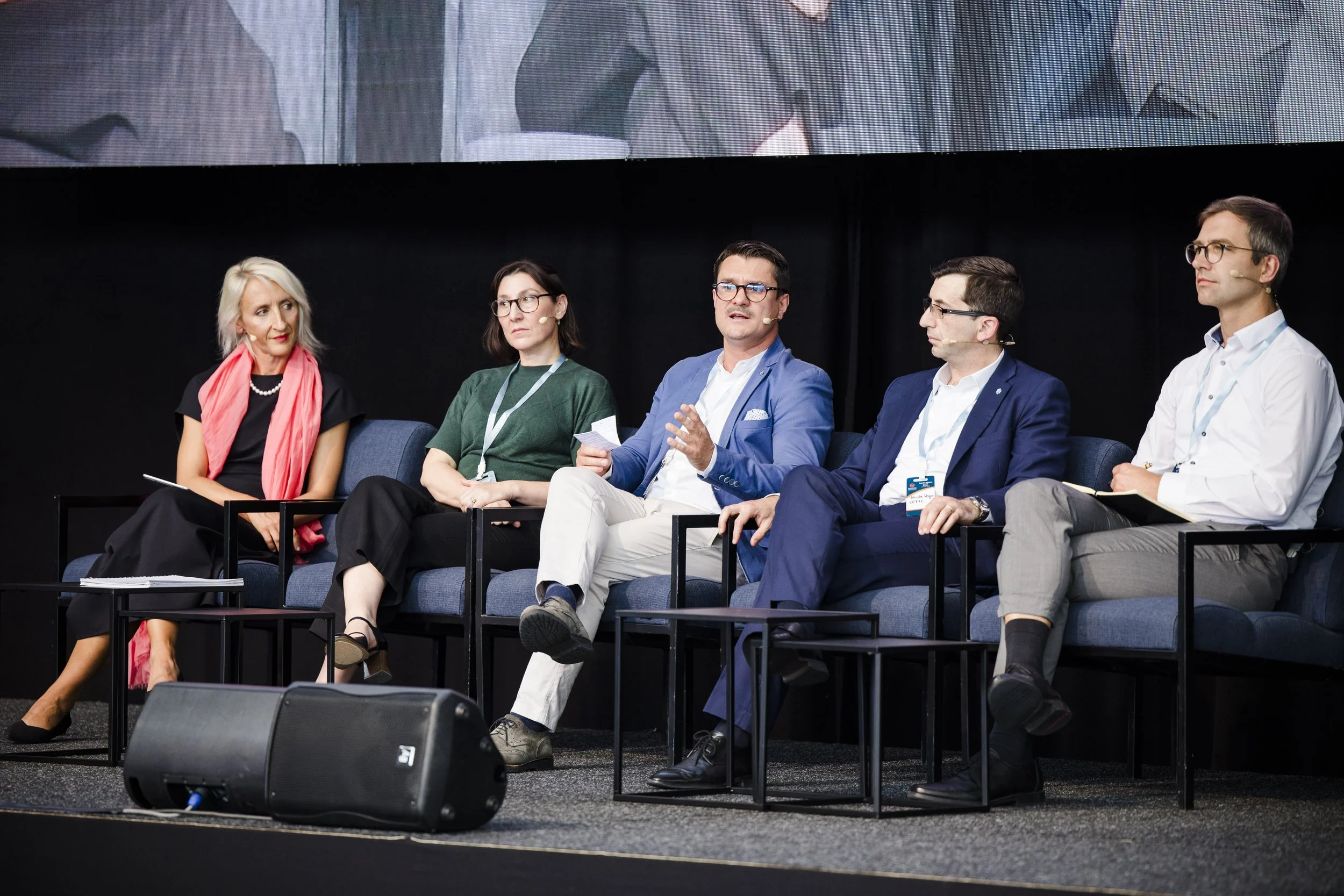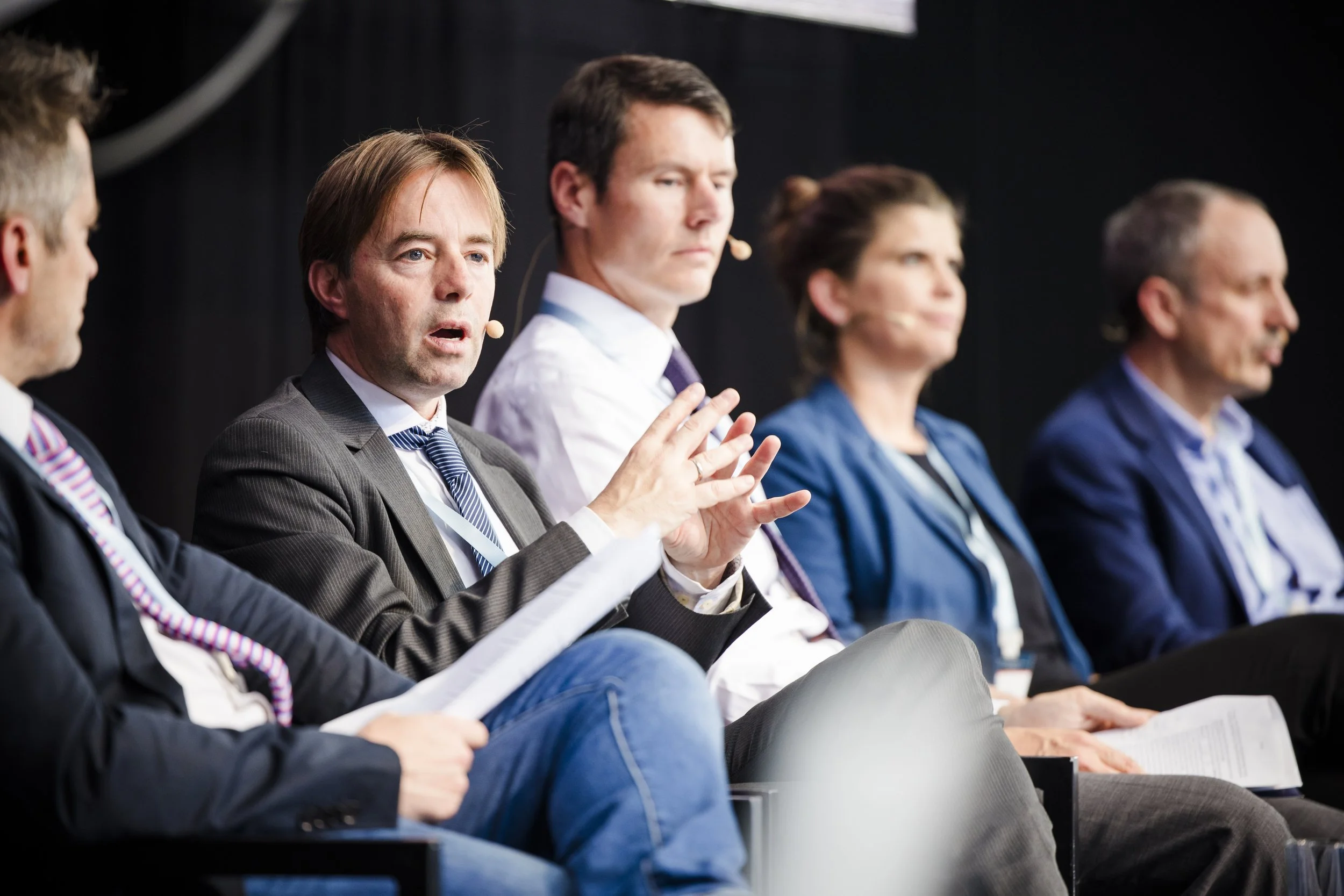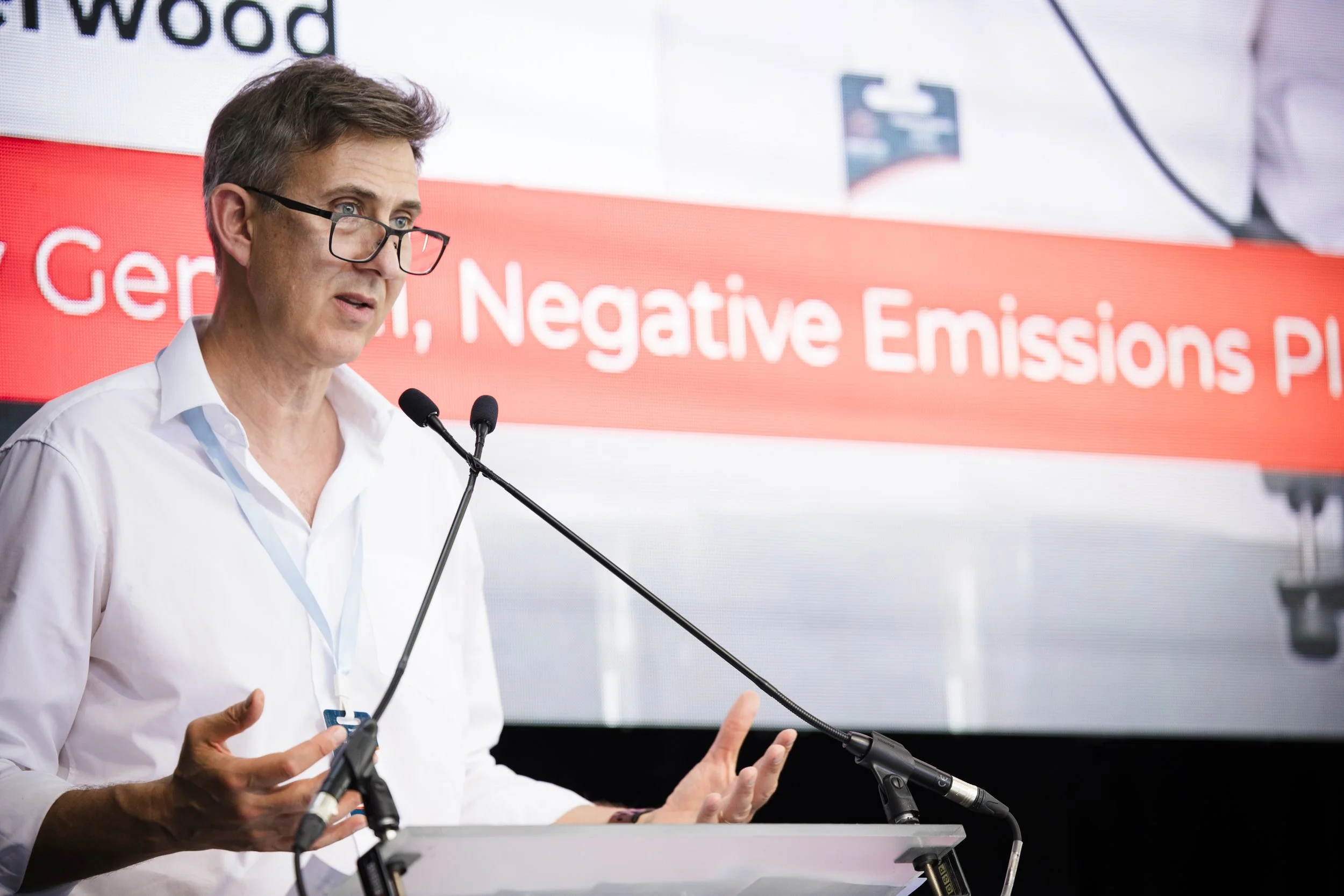
Europe Ramps Up Carbon Removals
A Once-in-a-Century Opportunity Takes Root
Europe’s climate future is no longer a distant horizon—it’s an unfolding reality. At the 2025 Negative Emissions Summit, held in Brussels, the momentum behind carbon dioxide removal (CDR) was unmistakable. With over 200 attendees and a full day of dialogue, pitches, and policy insight, the Summit showcased the continent’s determination to make CDR a central pillar of its climate strategy—and an engine of industrial renewal.
Speakers
Moderators
From Ambition to Action: A Sector Coming of Age
The integration of CDR into the EU Emissions Trading System, the 2040 climate target, and robust frameworks like the CRCF regulation are anchoring the sector in long-term policy clarity. Demand-side mechanisms, including procurement strategies and potential compliance markets, were explored as tools to bring scale and confidence.
The first session, "Supercharging CDR Demand," highlighted the increasing political support and maturing ecosystem underpinning carbon removals in Europe. As one speaker put it,
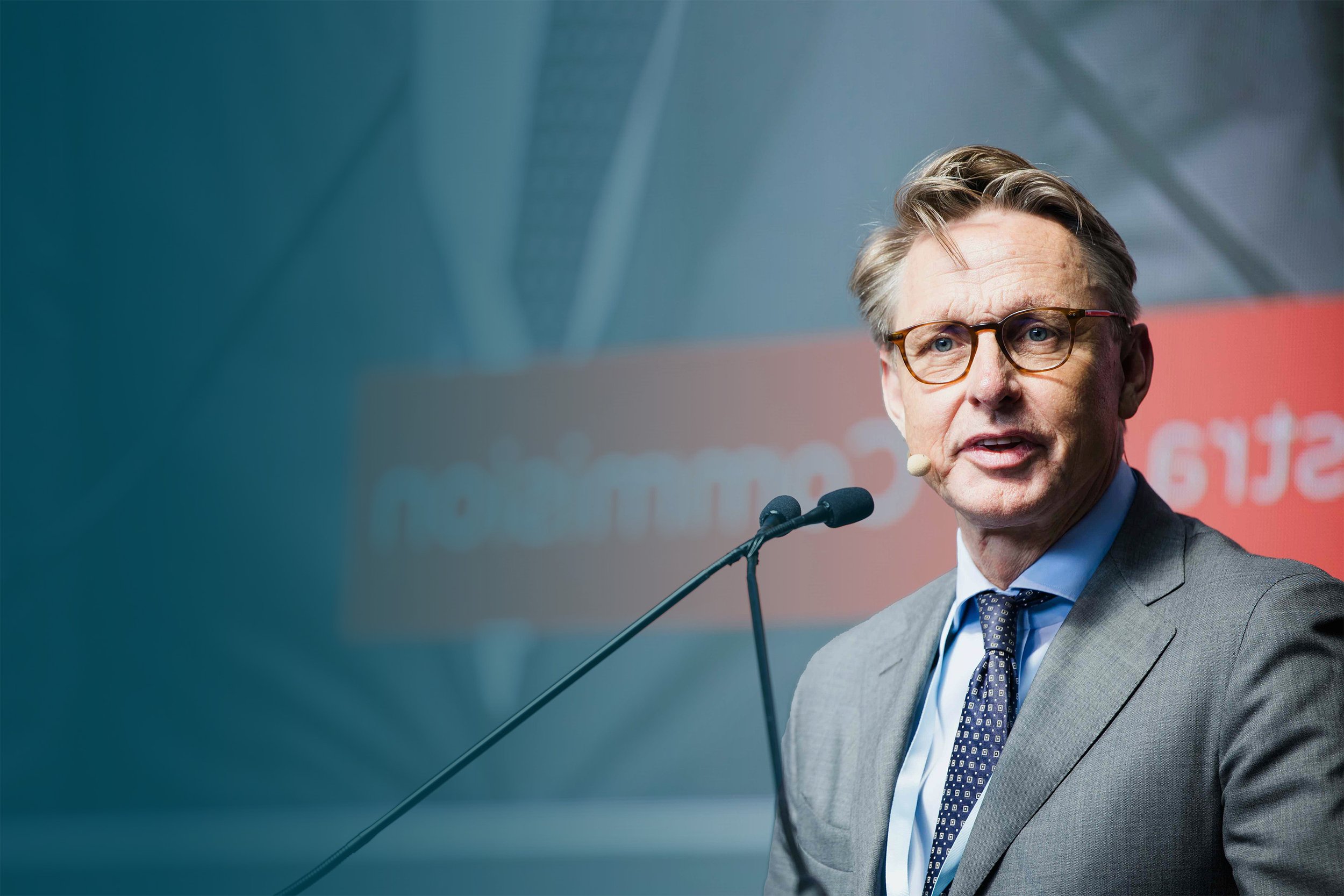
“Scaling up carbon removals is no longer just an option, it’s indispensable.”
Johannes ten Broeke, Head of Cabinet for Commissioner Wopke Hoekstra, European Commission
Integration is Everything: CDR and Heavy Industry
In the second session, attention turned to embedding removals in heavy industry. Panelists emphasised that removals must become an economic asset within existing value chains, not a bolt-on cost. Biochar, carbon mineralisation, and biogenic carbon capture are already demonstrating win-win solutions that reduce emissions, provide new revenue streams, and make use of existing infrastructure.
Industry leaders and policymakers discussed how waste-to-energy plants, wastewater treatment systems, and the chemical sector can serve as platforms for removals, not just emitters.
The chemical sector, for instance, is facing steep decarbonisation costs—CDR may not improve their competitiveness immediately, but it’s becoming an unavoidable cost of doing business. “We cannot do it without CDR,” one panelist admitted. Yet another framed the opportunity more optimistically: CDR is a new value stream, a way to turn waste into revenue and resilience.
Espresso Pitches:
Fast-Track Innovation
in Hard-to-Abate Sectors
A dynamic addition to this session was the set of rapid-fire "espresso shot" pitches from five NEP members—Paebbl, Novocarbo, Flux, Planeteers, and Pronoe—each showing how their innovative technologies are already embedding carbon removals into hard-to-abate sectors. From carbon-storing construction materials to ocean alkalinity enhancement, the message was clear: carbon removals are not an isolated fix, but an integrated enabler of industrial transformation.
"Carbon is not the problem. It’s how we manage it. If we do it right, carbon can be life."
Venna von Lepel, Novocarbo
Governments Step Up: National Strategies in Motion
The third and final panel brought together government representatives from Austria, the Netherlands, the UK, and Switzerland, offering a rare view into national-level carbon removal strategies. These aren’t just plans—they’re roadmaps backed by budgets, legal frameworks, and bilateral agreements.
Austria, for example, is integrating CDR into its climate neutrality goal for 2040, seeking cost-effective solutions for its forestry-impacted regions. The Netherlands has laid out a clear pathway from pilot to full market integration. The UK is committing to contracts for difference (CFDs) to de-risk early projects. And Switzerland is positioning itself as both a global buyer and innovator—backing CDR with over CHF 100 million in support schemes.
Where do we go from here?
There’s still work to do—on infrastructure, standards, access to finance, and public perception. But there’s also no turning back. CDR is becoming part of Europe’s industrial DNA, not as a silver bullet, but as a necessary tool in a broad climate toolbox.
At NEP, we often say carbon removals are the “missing third leg” of the climate stool—alongside emissions reductions and adaptation. Without it, the balance is off. With it, we have a fighting chance at true climate neutrality.
The 2025 Summit showed us that Europe is not just waking up to this reality—it’s beginning to lead. The seeds have been planted. It’s time to grow a carbon removal economy that’s good for the climate, for industry, and for the people who depend on both.

















